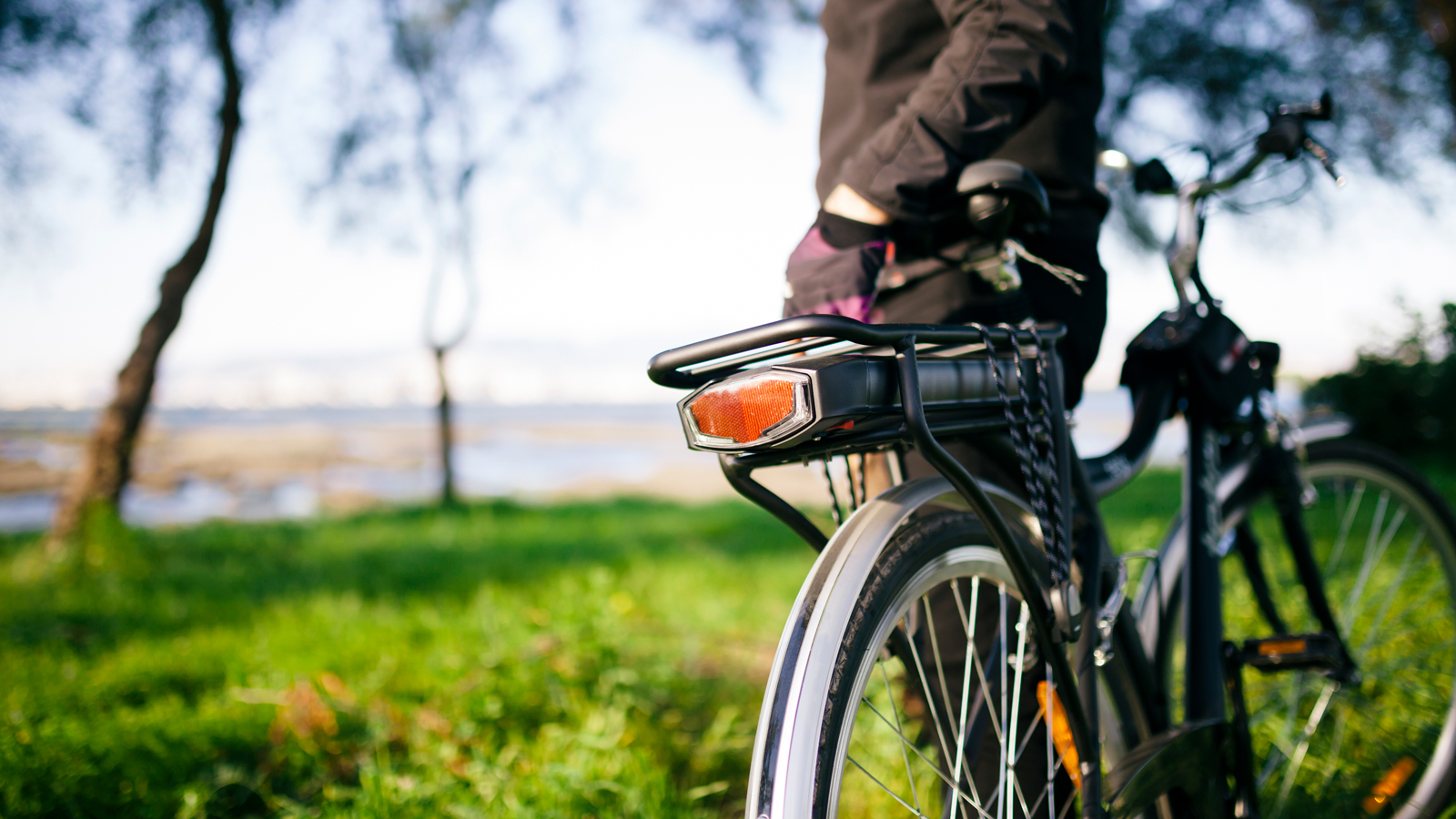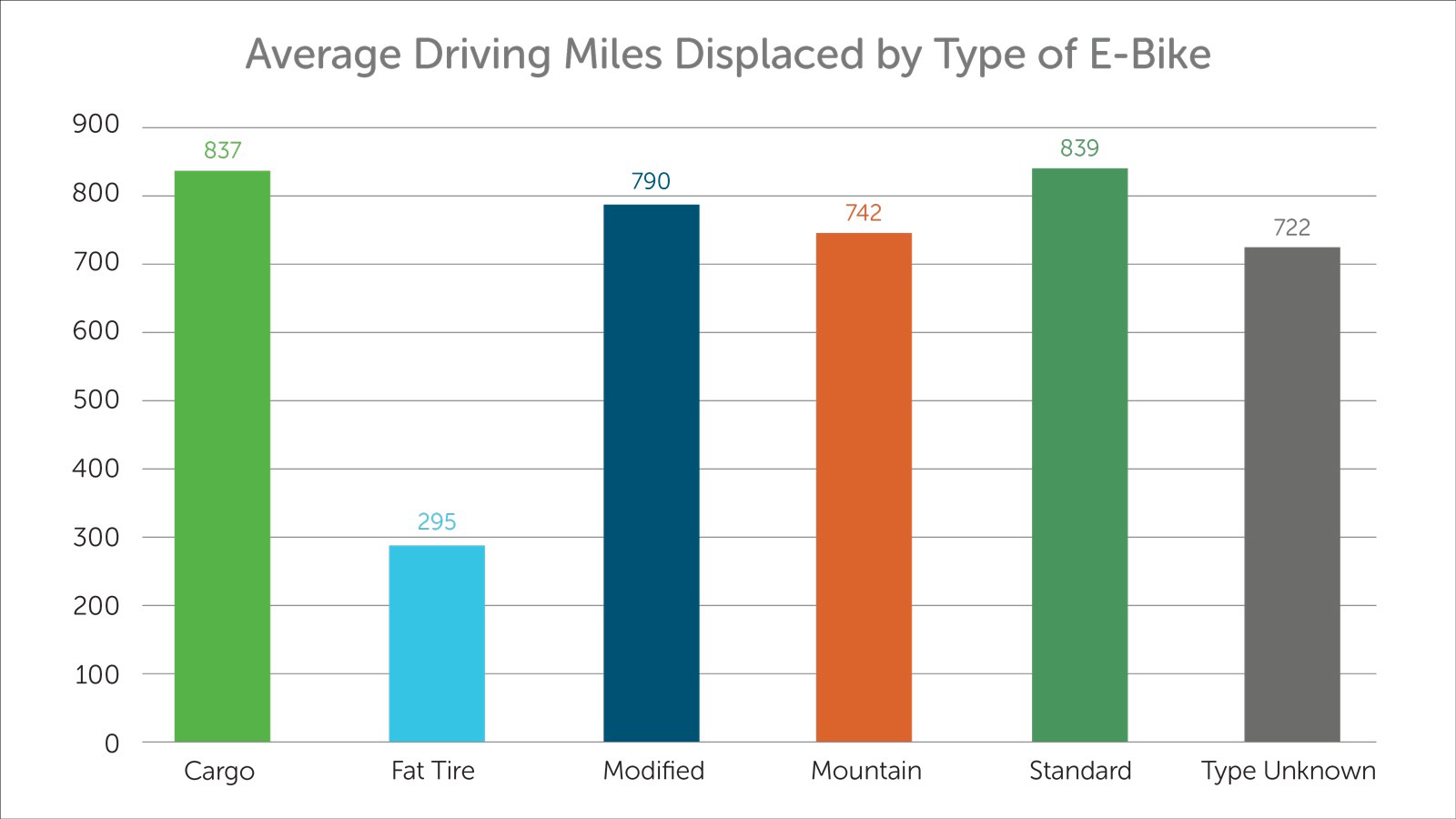Whitepaper
Electric bikes: survey and energy efficiency analysis
By Tom McCarran and Nicole Carpenter
In partnership with Burlington Electric Department

Electric bikes, or e-bikes, are gaining in popularity as the technology improves and prices fall. In partnership with Burlington Electric Department and with assistance from Drive Electric Vermont, Local Motion, Old Spokes Home, VBike Solutions, and VECAN: Vermont Energy & Climate Action Network, Efficiency Vermont conducted a survey of Vermont e-bike owners to evaluate opportunities for improved energy efficiency in this market.
Project goals
- Better understand the status of e-bike use in Vermont;
- Identify the energy efficiency of various bike models; and
- Develop a framework to characterize and evaluate the various e-bike equipment available in Vermont.
Survey methodology
The online survey was distributed over the summer of 2017 with help from local organizations. More than 90 e-bike owners completed the survey.

Key findings
- E-bikes are much more efficient than electric or conventional cars.
- E-bikes were shown to displace meaningful amounts of driving miles. On average, e-bike owners displaced 760 driving miles annually.
- E-bikes consume very little electricity, making incentives for electrical energy savings impractical.
- E-bikes are difficult to compare directly across different types; further study of which e-bike types and/or models to incentivize is recommended.
- Battery chargers are likely to use as much energy as the e-bikes they supply. Public and retailer education about charger efficiency and vampire loads may help to reduce wasted energy.
- Battery chargers for e-bikes and other large consumer equipment showed sufficient efficiency opportunity to warrant further research.